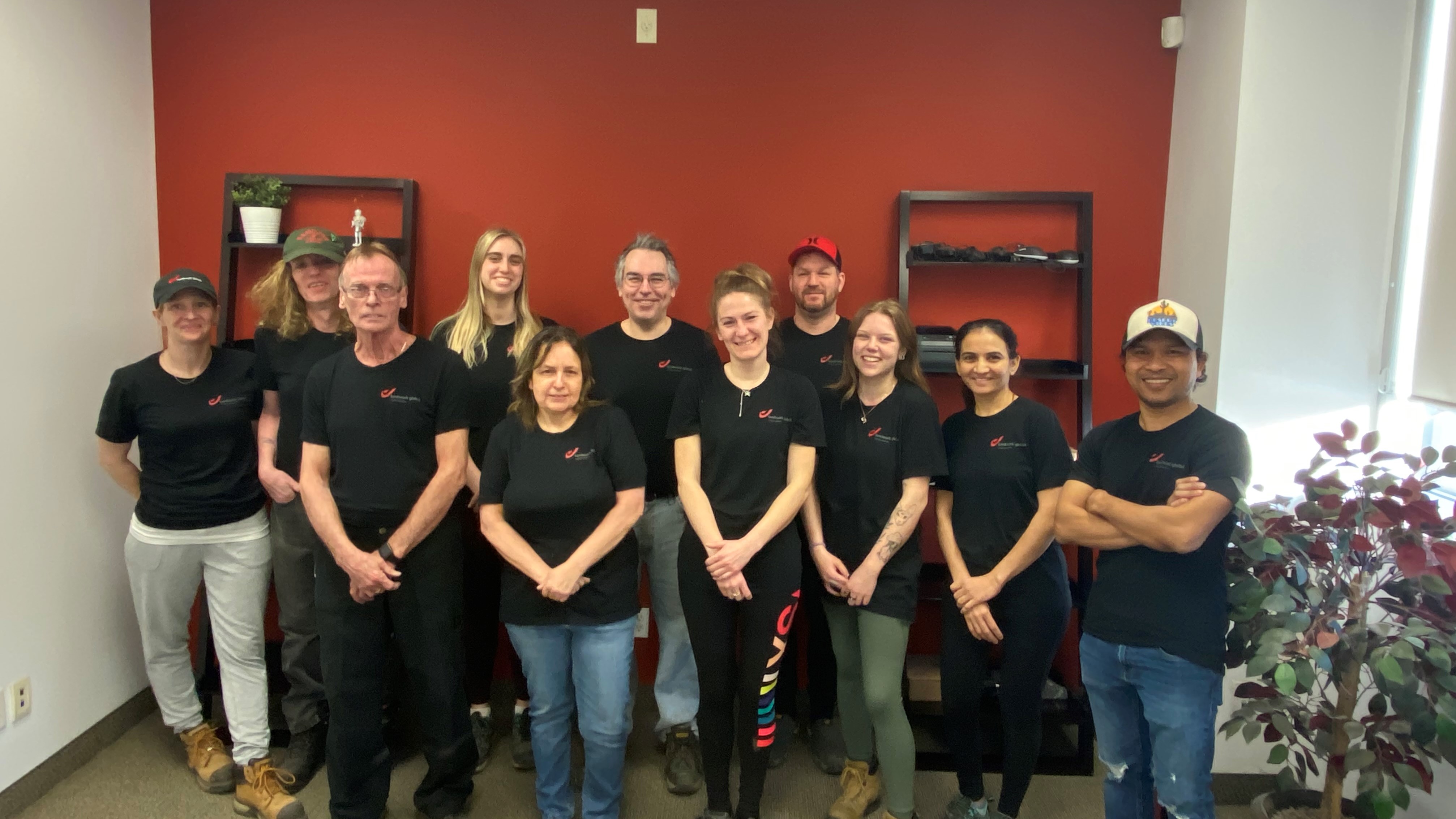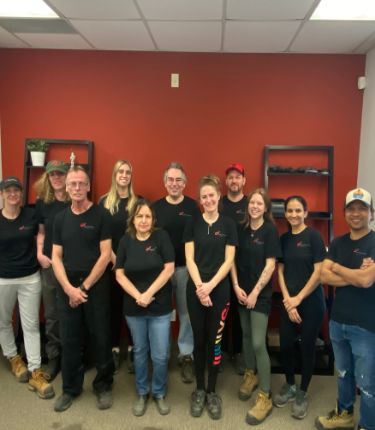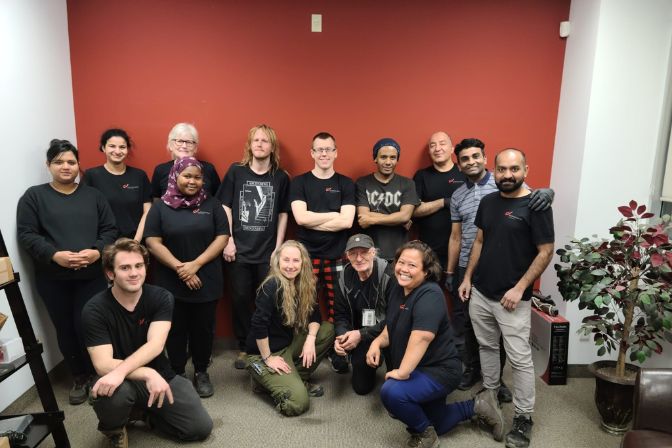Transformation and improvement


We are experiencing a time of great change in the world in general, and in bpostgroup too. The importance of managed change for the group is a vital driver in ensuring that we survive and thrive. We are at the start of a journey to redefine our company culture and the leadership required to achieve this. But what does that mean in practice? Let’s take a look at a concrete example.
Facing up to concerns
Change is easy to talk about, but often hard to manage in a way that meets goals and is beneficial to all stakeholders in a project. What concrete actions can ensure satisfactory outcomes? The example set by Chirag Patel, Facilities Manager at our Landmark Global bonded warehouse in Ontario, Canada, shows how significant change can be successfully implemented.
The issue was how to increase throughput of parcels at Landmark’s Burlington site in the most efficient way, while taking into consideration the opinions of existing employees. The solution, from an equipment point of view, was a Chameleon automated parcel sorting system, and the promised operational benefits looked good. However, as the Manager tasked with the installation, Chirag had to make decisions about how to achieve this, especially in the face of concerns about job retention from operators on the warehouse floor. In short, would the new automated system make working conditions less safe, and – perhaps even more of a concern – would some workers be made redundant?
Inclusive and cooperative
Management could of course simply have said, ‘This is the way it’s going to be,’ and instituted the changes, no matter how employees felt about the situation. That’s the old top down approach found in many industries, and which also featured in bpostgroup’s recent past. But times are changing, and Chirag Patel was determined to be inclusive and cooperative on the project. In short, he instituted a bottom up approach of consultation and involvement, right across the Burlington facility.
With the basic specifications received from the manufacturer of the Chameleon system, Chirag kept everyone regularly updated with meetings involving all the teams. Straight talking was the order of the day, with no limitations on what could be discussed. This frankness promoted ever greater trust, allowing any doubts to be freely expressed. The input of team members about how to deploy the new equipment was also vital, and this led to a growing sense of excitement about the benefits. It became clear that customers would derive better efficiency and guaranteed standards, and that operators would see safer, improved working conditions. Crucially, there would be no job losses. Says Chirag, “Definitely, we needed manpower to operate the Chameleon. Things became very easy when people started understanding the dynamics of the system.” So a win-win; but apart from a lot of meetings, what were the practical steps taken?

Planning for change
The Chameleon machine has a 50-foot (15 metre) footprint which would be difficult to fit into the warehouse, with its bonded cages and existing manual stations. Chirag and the teams began trying out configurations, using duct tape on the floor, and discussing how layouts would function. Large-scale paper plans of the new machine were also created so everyone could contribute their ideas. “Thanks to the tape on the floor, it was much easier for everybody to understand all of the issues,” says Chirag. “There had to be enough space to move in and out of the different areas, safely, and efficiently.” The feedback given in this bottom up process of consultation resulted in continuously improving the project parameters, even before the Chameleon installation commenced.
The dynamic approach
The implementation of the parcel-sorting automation went ahead without any hitches or delays, because the cooperation and enthusiasm of everyone involved had laid the groundwork for success. This was not just ‘blind enthusiasm’ but was based on solid discussion, and examination of the project from every angle, in terms of the business case, the engineering challenges, and the human interaction. This particular success story is a great example of leadership in our organisation, where the space was created for a dynamic, bottom up approach. It demonstrates that being a leader, while also encouraging the initiative of every colleague, is not only possible, but essential. Chirag Patel says, “Having that machine has changed the whole dynamic of our daily work.”
Encouraging talent and engagement
The Chameleon line at Landmark Global in Burlington is now fully operational, providing an almost doubling of parcel throughput, in an improved working environment. This has been achieved without any job losses, and colleagues on the warehouse floor are enthusiastic about the changes, and have been eager to be trained on the new system.
Times are changing, and with the right leadership to encourage the talents and engagement of all our teams, we can increase the ambition and speed of transformation of the whole bpostgroup – as demonstrated by Chirag Patel and colleagues in Burlington, Ontario.


 Back to list
Back to list 

